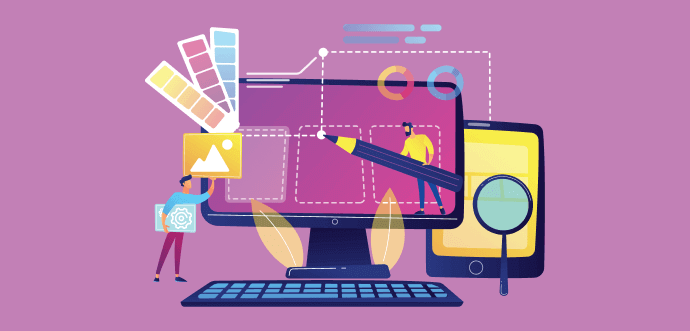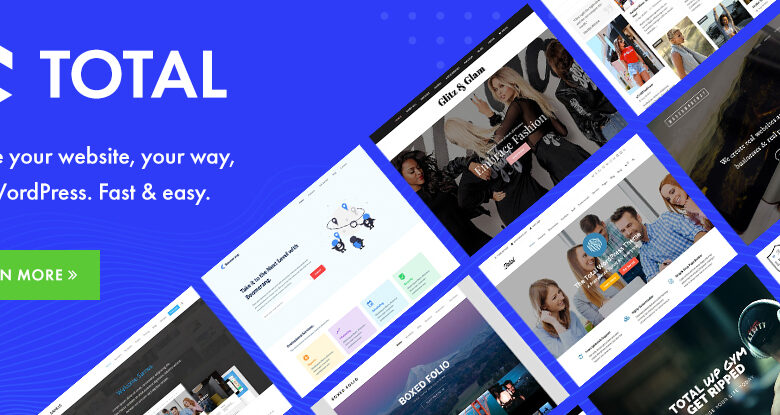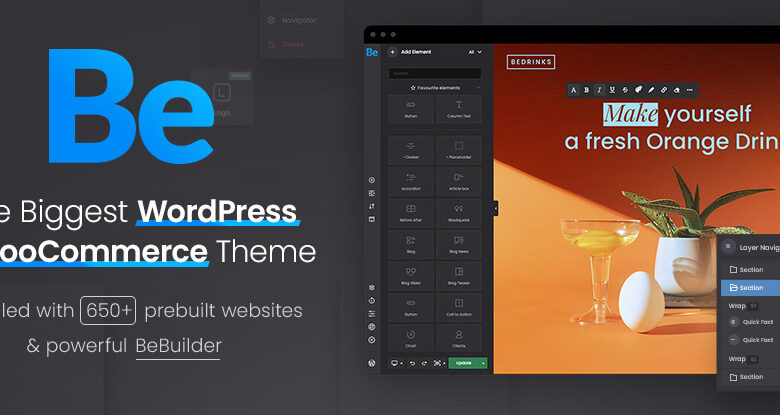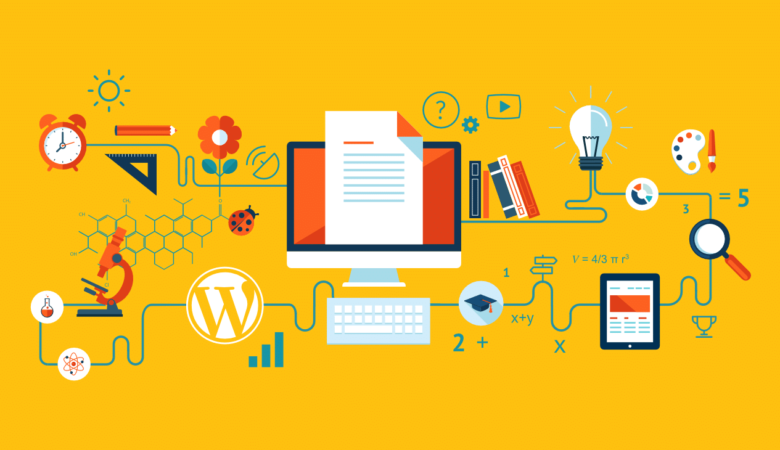Data Visualization is a method of presenting information in a graphical form. Good data visualization should appear as if it is a work of art. This intrigues the viewer and draws them in so that they can further investigate the data and info that the graphic represents. In this post there are 15 stunning examples of Data Visualization that are true works of art.
Click on the title or image for a larger view of each visualization.
The Strengths of Nations
Here’s an image that discusses the variations in how different nations pursue science.
Madrid.Citymurmur
CityMurmur tries to understand and visualize how media attention reshapes the urban space and city.
Genome
Jules & Jim
This visual represents the relationship between characters in the movie Jules & Jim.
One Week of the Guardian
This is one day in a series that takes the news from one week of the Guardian newspaper, and visually represents it as a series of static visualisations.
One Week of the Guardian
Country Continent GDP Population Radial Convergence
Leisure & Poverty
Stock Data
This image shows historical stock price data plotted as 3D graphs.
NYTimes Threads – Russian Presidents
Food & Poverty
Housing & Poverty
Visualizing the Guardian: Beckham and Rooney
This is a timepiece visualization of the mentions of David Beckham and Wayne Rooney in Guardian stories between 1999 and 2008.




















really creative and such a great idea for performance graphing.
Awesome collection
Have you seen numberpicture.com? Its a site that visualizes data into static images – but the way it visualizes it (ie the shape and form of the charts can be created by users of the site) and then these can be used for free by others. It makes the data look so pretty I find! Pure awesomeness…
nice collection! But the first two links seem to be broken.
These are, to be sure, visually stunning examples of data visualization. But I’m not sure that they are stunning examples of _effective_ visualization. I really have no idea what knowledge these images convey. Good visualization, as I try to practice it, transforms raw data into conclusions. In many of these cases, the visualization not only turns data into confusion, it obscures the data itself. Perhaps it is just that the context is missing, but even there one must remember that readers will often skip over the copy to look at the pictures, so you can’t count on context to make sense out of an image.
Very cool from a distance, like a Kandinsky painting… but like Jeff, I would not dare try to understand them.
It seems like the more information that needs to be in the image, the more creative they have to be. At the same time there is so much information and detail these things would have to be printed in a HUGE size.
I love the overlap of art and science here. I’ve never been entirely sure the practical purpose of these (although as someone mentioned, perhaps in context it is more obvious). But I’m really fascinated with them.
Nice post! Nitpick:
Gaurdian => Guardian
Thanks!
Wow these are brilliant! I have no idea how to interpret any of the info, but it is really eye catching. Specially love Leisure & Poverty, and Housing & Poverty ones. I’m very intrigued on how they come up with the design and usability (or readability?). The designing process of one of these would be a really really interesting thing to find out. Thanks for posting.
those really are stunning.
Data visualization is about understanding quickly what a lot of data says about a certain situation or issue. They should serve as a shortcut for your brain. Most of these images fail to achieve this basic goal. I’ve made an honest effort to understand a few of them.
Just like an ultra-modern kitchen without storage space, it looks great until you try to use it.
Very nice collection. All of these works are really creative.Thanks for sharing this with us.
I’ve seen a few of these before, but WOW this collection has blown my mind!
It’s amazing how boring data can become something this beautiful…
The examples of graphics is fantastic!
Nice collection.
Great representations of boring data.
Looks cool, but I’ve got to agree with the above comments. In most of these, the actual data itself is obfuscated by the prettiness rather than being made easier to understand.
awesome design, but I will not try to understand the context that is trying to be conveyed…
This is an amazing collection. Id like to see them at a higher resolution so I can see them in greater detail. Blown away!
Great abstract arts
Thanks, Joel. I am keeping this phrase as the simplest way of summarizing what I feel seeing this kind of graphics (in this and other situations).
In spite of their visual allure, most of them are more eye-candy than real awesome design. Design is about use and communication, not just about prettiness.
Very nice – you need to go to the original sources to understand them: just follow the links. I like the Strengths of Nations one. Is surprising how the USA is more strong in social sciences and health, yet they produce incredible tech.
Great visual effects, thanks for sharing
Some spectacularly clever and beautiful visualisations – thank you.
Nice collection of art data visualization. I really like their designs, but I’m really not convinced of their effectiveness.
Thanks for this beautiful collection!
Who would have thought data could have looked so good!?
Stunning indeed. I wonder what/who each point/line/curve represents. Would like to see how effective they are.
The Stock graph is quite intriguing. The “explosion” effect of the red/pink color could possibly symbolize a peak in the price of a particular stock. Meaning if a stock is “exploding”, go buy it because you will make a lot of money =]
Thanks for sharing.
If you want to see another nice visualization look at http://www.sociomap.com. It is maybe not so artistic but very comprehensive.
Visualizations can be developed for different purposes. Sometimes, even if “the public” isn’t able to read it, it doesn’t mean that it’s a useless visualization. Maybe it was just used to understand something (some data, a system) by its creator. Its aim isn’t being published or communicate data.
Although I agree that these are beautiful, isn’t the point of graphically representing information to take complex info and lay it out in a way that can be easily understood via a visual format? If so, then I don’t believe these are truly “good visual design”. Food for thought.
I am with Jeff (…transform raw data into conclusions). I turnaround companies. I typically use existing performance information to provide new insight into what is reality. I gain trust when I present a simple graph that results in an owner saying “wow, I had no idea…”. These are beautiful works of art but for my clients, they would only add to the level of frustration and confusion that has resulted from over complicated management systems.
This one is good and not listed:
https://personas.media.mit.edu/personasWeb
Great collection of resources though i days back i found something very interesting almost the similar on some other website.
here is another interesting graphic not listed.
https://www.jeremywisecup.com/images/worksmade/AMC_full.jpg
Are there special apps that are used to create half this stuff? I realise illustrator must play a big part.. but seriously who is going to sit there and draw all the lines in something like: Country “Continent GDP Population Radial Convergence” and “NYTimes Threads – Russian Presidents”?
Would love to know… thanks!
Check out http://www.tableausoftware.com. I’ve seen some really amazing things designed with there desktop software.
Grrrrrrrrrrrrreat collection!
Is there a way to get the images in big size format? I’d love to print some of them out and hang them in my office 🙂
nice one guys.
As a “designer,” I would have to say at first I was delighted when I found this blog.
Then, I got really angry!
None of these images can be downloaded at a resolution where the text can actually be read! My guess is that this isn’t an accident, but reflects a specific form of brain damage specific to “designers” that content is more or ess irrelevant, that what counts is “stunning” graphics.
Well, no, actually something whie is graphicaly “stunning” but fails to communicate information clearly and understandably is in fact WORTH LESS than an excel pie chart. Sorry!
FORM FOLLOWS FUNCTION.
It would be great to be able to analyze whether these designers were actually communicating something effectively or just making pretty pictures. Sorrythis rant is more directed at designers in general than at this blog, maybe there are copyright issues or something, but all they function as here is as a strage exercise in decoration.
@Benjamin: Did you actually try clicking on the images as you were instructed in the post? https://www.flickr.com/photos/densitydesign/3046906412/sizes/o/ https://www.flickr.com/photos/densitydesign/3220134613/sizes/o/ https://www.designingthenews.com/wp-content/uploads/2008/04/03_wednesday_a1_72.jpg
Wow – stunning and fascinating! Anything which can present such complex data and statistics in ways appealing to so many people has to be a winner!
Really amazing collection 🙂 adding you to my bookmark collection …. awesome work!
thanks!
Good collection of data visuals, it’s very useful. thanks for providing.
Great visualizations!
Nice! I’m glad to see it.
The Housing and Poverty visualization looks fascinating. I clicked on the link to check it out on Flickr, but find it difficult to figure out what the visualization actually means!
Awesome! Who says graphs and data have to be boring? Thanks for the post.
You should check out numberpicture.com – a site that crowd-sources new ways to visualize data. People make templates by typing Processingjs code and then anybody can use them by copying and pasting from excell – worth a look at – so cool!!
A Fantastic way of presenting data people who use power point could learn much and make some of their presentations less tedious
This reminds me of how the government likes to demonstrate unemployment figures, just confuse the public with charts.
That’s great, interesting stuff! Yeh, graphs aren’t boring!
images are inspiring and stunning – but – some are difficult to understand what information the images have
It should be called the Garbagian, get, because it’s fucking garbage